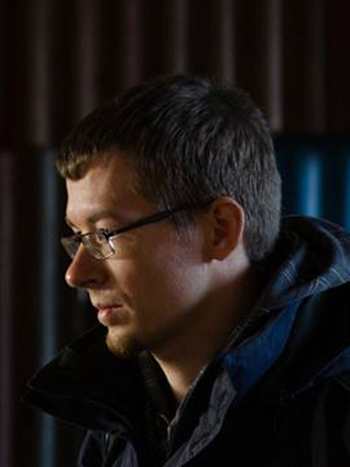Martin Riesenberg M.A.

Landscape Archaeology and Architecture (LAA)
Prehistoric Archaeology
Ausbildung
10/2015 – 11/2023
Promotionsstipendiat des Exzellenzclusters Topoi (Gruppe A-2) und Mitglied der BerGSAS, Promotionsprogramm LAA
2012 – 2015
Master-Studium der Ur- und Frühgeschichtlichen Archäologie an der Eberhard-Karls-Universität Tübingen
2009 – 2012
Bachelor-Studium der Ur- und Frühgeschichtlichen Archäologie und Archäologie des Mittelalters (Hauptfach) und der Paläoanthropologie (Nebenfach) an der Eberhard-Karls-Universität Tübingen
2008 – 2009
Zivildienst am Thüringischen Landesamt für Denkmalpflege und Archäologie in Weimar (Bereich Archäologische Denkmalpflege)
Ausgewählte Praktika
2014
Ausgrabung eines mittelbronzezeitlichen Brandgräberfeldes in Békés (Ungarn) im Rahmen des "Bronze Age Körös Off-Tell Archaeology Project" (Universität Toronto und Ungarisches Nationalmuseum)
2013
Survey in Südqatar zur Archäologischen Landesaufnahme im "South Qatar Survey Project" (Orient-Abteilung des Deutsches Archäologisches Instituts und Qatar Museums Authority) Ausgrabung skythenzeitlicher Grabhügel in Aržan/Tuva (Russische Föderation) im Rahmen der Infrastrukturprojekts "Kyzyl-Kuragino" (Russische Geographische Gesellschaft)
2012
Ausgrabung im Rahmen des DFG-Projektes "Dosariyah Archaeological Reseach Project" in Al Jubail (Saudi-Arabien) (Eberhard-Karls- Universität Tübingen und Saudi Commission for Tourism and Antiquities – Außenstelle Dammam)
On the informational value of isotope analyses using the example of Eneolithic–Early Bronze Age faunal remains from the west Eurasian steppe
With the introduction of significant amounts of heavy livestock (among other innovations) into the western Eurasian Steppe in the period of the Eneolithic/Early Bronze Age an increase of mobility is disputed within the scientific community. The project addresses this question from an osteoarchaeological point of view.
The actual study is based on isotopes obtained from tooth enamel of domestic animals (cattle, sheep/goat) excavated in settlements in the steppe region of today`s contemporary Ukraine. These are used as indicator for individual mobility. So far stable oxygen and carbon isotopes data were obtained and are available for the analysis. Isotopes are used as proxy data for the mobility of stock-breeders as well as their herding strategy. For each of the two sampled taxa besides the expectable sinusoidal change of the oxygen isotopes, which resemble the seasonal change of the terrestrial temperature, two trends are detectable in the initial samples. They show a shift in the progress of the seasonal development – marking different periods of birth. This implies a non-uniform herding strategy. Nevertheless, the analysis of additional individuals is necessary due to the small sample size. With those, the further research (which will also include Strontium isotopes) might provide a fruitful contribution concerning the intensively discussed question of an increase of the level of human mobility in the Eurasian Steppe during the 4th and 3rd millennium BC.
This dissertation project was successfully completed within the Research Group A-2 The political ecology of non-sedentary communities of the Excellence Cluster 264 Topoi.
